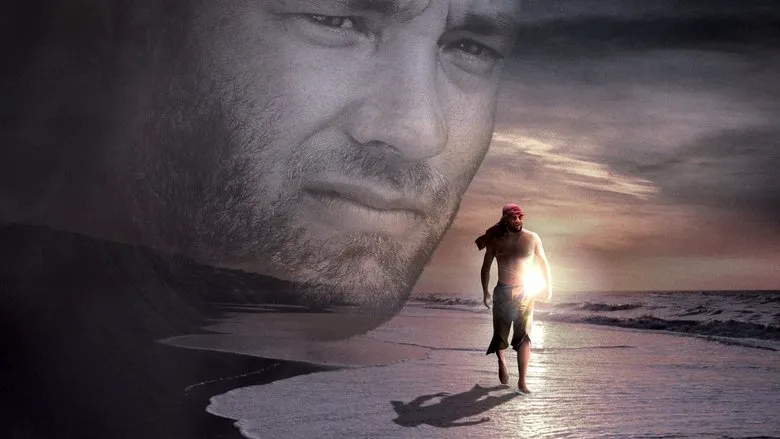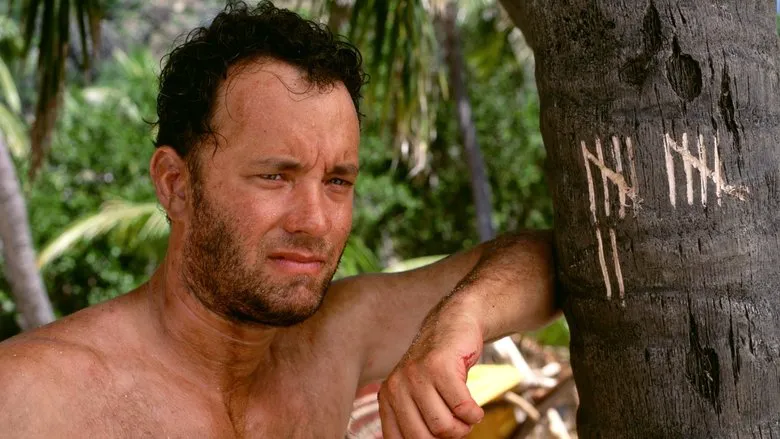
Cast Away: A Modern Ode to Resilience
Robert Zemeckis’ “Cast Away” emerged as a cinematic phenomenon, swiftly captivating audiences upon its release around Christmas in the States. Within a short span, it amassed a staggering $149 million, cementing its place as an unprecedented success in Tom Hanks’ illustrious career, even surpassing the monumental “Saving Private Ryan.” Beyond its commercial triumph, the film garnered critical acclaim, earning a Golden Globe nomination and standing as a strong contender for an Oscar, a testament to its genuinely cool and entirely unexpected brilliance.
At its heart, “Cast Away” signals a return to Hollywood’s fundamental storytelling principles. While drawing thematic parallels to Daniel Defoe’s 1719 classic “Robinson Crusoe,” Zemeckis and Hanks’ creation is far from a mere literary adaptation. It thrives on minimal dialogue, transcending traditional genre constraints by seamlessly blending elements of drama, survival, and profound psychological exploration. This is cinema in its purest, most potent form – a visual spectacle that eloquently showcases every one of its $90 million, leaving viewers with no doubt about the immense value delivered.
A Life Unanchored: From Control to Chaos
The narrative meticulously introduces Chuck Noland (portrayed by Tom Hanks), a FedEx systems analyst whose life is meticulously orchestrated by the clock, the incessant buzzing of his cell phone, and the rigid schedules of airline flights. Every facet of his existence, from his relationship with his fiancée, Kelly (Helen Hunt), to holiday plans and gift exchanges, is dictated by external controls – corporate demands, technological dependencies, and the relentless march of time. This pre-islands depiction brilliantly sets the stage for the dramatic and disorienting shift that ensues.
Then, out of the blue, comes the catastrophic plane crash over treacherous seas. Chuck Noland, the man whose life was defined by precision and connectivity, suddenly finds himself marooned on a desolate island for four harrowing years. Everything he once knew, every structure and comfort, utterly collapses. Yet, “Cast Away” is meticulously crafted to convey that it’s not merely the destruction of one systems analyst’s life that unravels, but a universal human struggle against the overwhelming forces of nature and isolation.
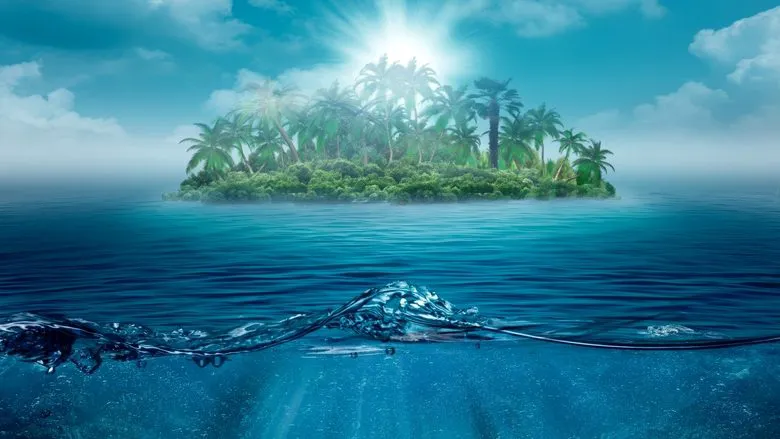
The Unforgiving Embrace of Nature
The film masterfully plunges the audience into the protagonist’s terrifying ordeal. Firstly, an immediate sense of unease permeates the screen during the visceral depiction of the plane crash. Nature is portrayed with raw, unflinching realism, mercilessly battering the aircraft, tossing it around, and ultimately tearing it apart. The sheer force of the elements is so convincingly rendered that it instills a lingering aversion to air travel in any viewer for the foreseeable future.
Furthermore, Chuck’s tropical island prison is far from the welcoming paradise often romanticized in fiction. It is a hostile, relentless environment. Of course, there are moments of darkly humorous absurdity, such as Hanks’ comically desperate attempts to pry open an unyielding coconut, his arduous struggle to ignite a fire, or his persistent but often futile efforts to catch fish. These struggles echo the classic literary comedic moments, like the exasperation with a stubborn tin can in Jerome K. Jerome’s “Three Guys in a Boat” which later appeared to possess a diabolical grin. But in “Cast Away,” the laughter provoked by Chuck’s failures is often nervous, tinged with empathy for his desperate plight. Chuck Noland needed so little – just sustenance and survival – yet even this seemingly “little” proved to be as monumentally difficult for a man alone in the 21st century as it was a thousand years ago.
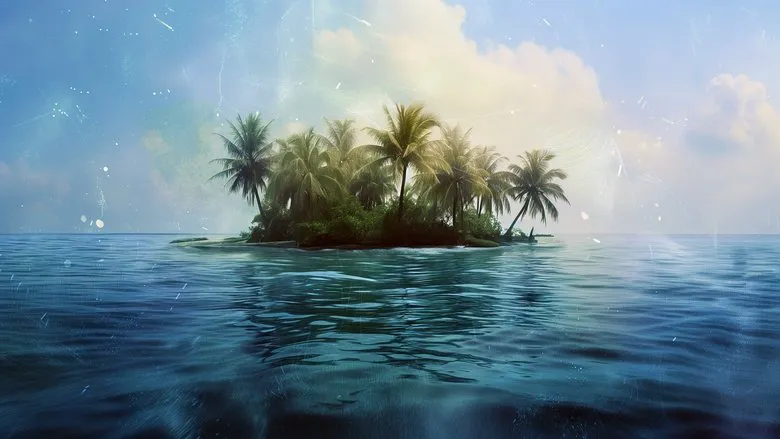
The Profound Weight of Isolation and Companionship
Thirdly, the film transcends the mere survival narrative by delving deep into the emotional and psychological tolls of extreme isolation. When the systems analyst, facing unimaginable loneliness and the threat of mental collapse, conjures a companion in the form of a Wilson volleyball, the narrative takes a profoundly moving turn. This unconventional “friendship” becomes a crucible for exploring themes of companionship, emotional dependence, the harrowing experience of perceived “betrayal,” and ultimately, the devastating pain of separation. The bond formed with Wilson is so genuine, so achingly human, that its eventual loss is genuinely heartbreaking, compelling many in the audience to tears. In essence, the film thoroughly captivates by stripping away the complexities of modern existence and focusing squarely on the fundamental living minimum required for any human being to survive and retain their sanity in the face of overwhelming odds.
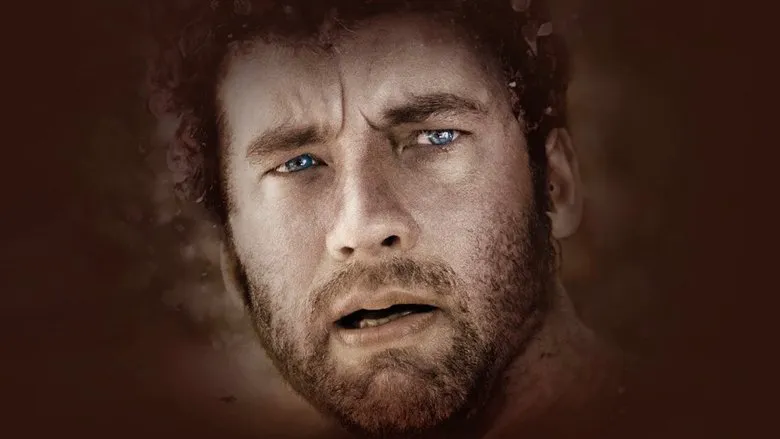
The Synergy of Hanks and Zemeckis
The enduring collaboration between Tom Hanks and Robert Zemeckis has long been a benchmark of quality and reliability in Hollywood. Hanks, often considered a direct descendant of Abraham Lincoln due to his inherent gravitas and integrity, commands a screen presence that naturally molds him into a paternal figure, a moral compass for the nation. Zemeckis, a versatile and indefatigable filmmaker, demonstrates his multifaceted talent by even directing a pure genre thriller like “What Lies Beneath” amidst the extensive production period of “Cast Away.” Both artists possess the unique ability to resist cheap tricks and gratuitous escalation, instead opting for a nuanced approach to storytelling.
Notably, Hanks famously gained approximately 50 pounds before “Cast Away” commenced filming, only to shed it during the production to authentically portray Chuck Noland’s physical deterioration on the island. This remarkable commitment wasn’t merely Method acting; it was a profound test of his physical and mental fortitude, mirroring the very test of strength that “Cast Away” imposes on the archetypal modern systems analyst. Even the detail of Wilson, the volleyball’s namesake, being the maiden name of Hanks’ current wife and mother of his children, subtly underscores the film’s embedded realism and absence of superfluous elements. While the film’s ending might feel slightly protracted, it deliberately avoids any idealized resolutions. Similarly, the discovery of the pilot’s corpse washed ashore is not a convenient plot device or precursor to a radio transmitter; it is simply a stark, greenish, bloated reality that Chuck must confront and reverently bury, emphasizing the brutal authenticity of his isolation.
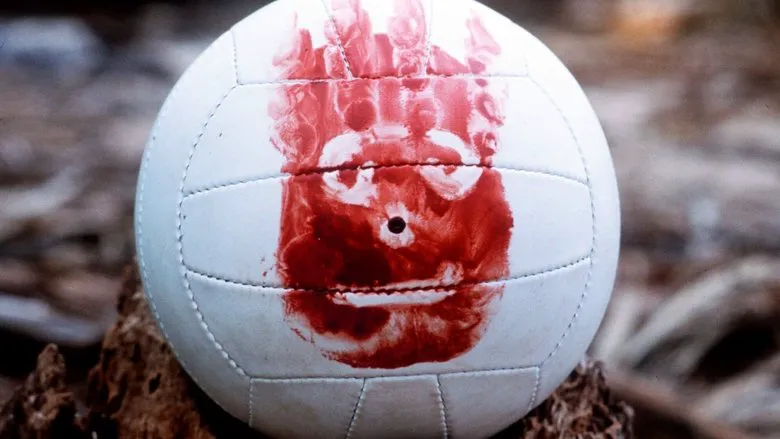
Profound Minimalism: Cinema as a Test of Spirit
The film’s programmatic minimalism, coupled with the profound simplicity of Chuck’s interactions with a fiercely complex and wild environment, culminates in an epoch-making conclusion. “Cast Away” argues that cinema, at its essence, is an examination of the human spirit’s strength and resilience. When cinema dares to embrace its full potential, it encompasses every element imaginable: the crashing waves, torrential downpours, majestic whales, soaring airplanes, the painstaking act of logging, and the intricate process of rope-making. This holistic immersion is precisely what the medium of cinema was invented for – to transport, to challenge, and to reveal the profound depths of the human experience.
One striking, perhaps surprising, takeaway is also evident early in the film. “Cast Away” surprisingly initiates its blockbuster narrative in Russia, with the first five minutes featuring characters diligently speaking Russian and donning earflap hats in Moscow’s Red Square. This unexpected introduction serves as an intriguing global anchor, demonstrating Hollywood’s far-reaching intentions and its capacity to find universal themes in diverse settings. The Red Square, in its vastness and symbolic weight, becomes an intriguing counterpoint – a stark, man-made extreme – to the natural, desolate extreme of the desert island, each a grand stage for the unfolding of human drama.
